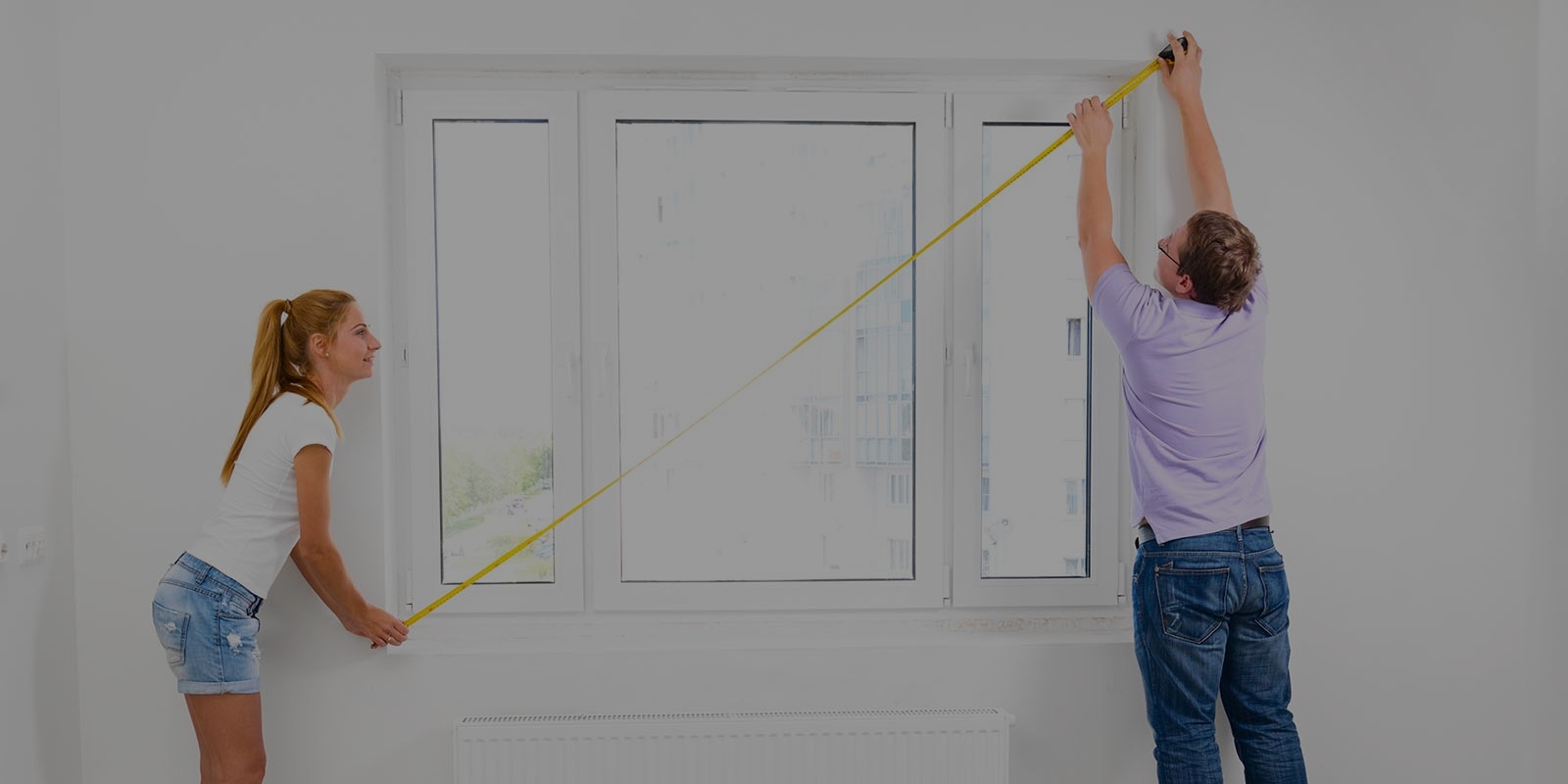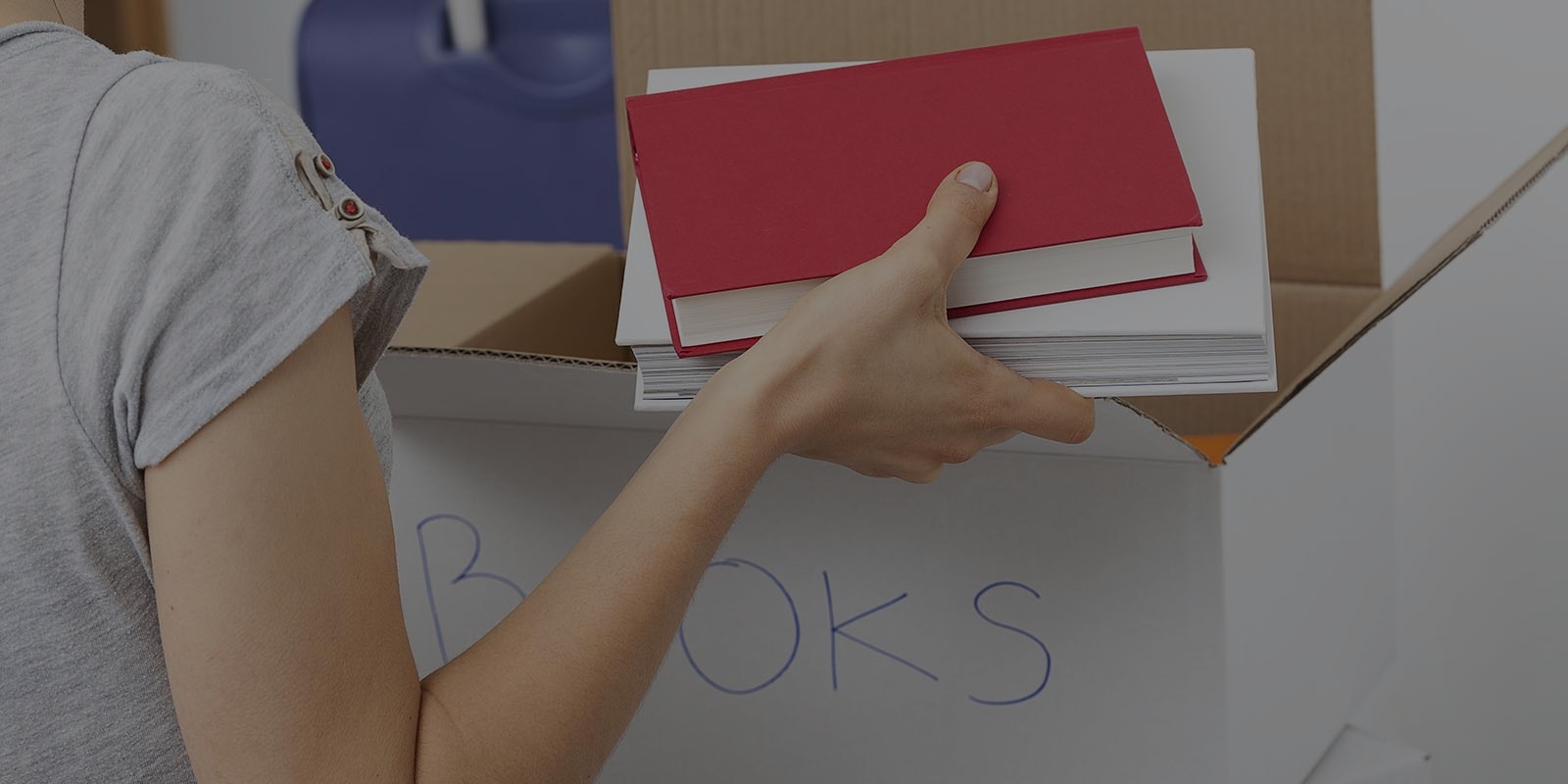Keeping Your Freezer Safe While Not in Active Use
Posted on 10/06/2025
Keeping Your Freezer Safe While Not in Active Use
Whether you're leaving your freezer unused for a season, going on vacation, or storing it during a move, ensuring its safety and efficiency is crucial. Keeping your freezer safe while not in active use prevents costly repairs, maintains appliance longevity, and guards your home against potential hazards. This comprehensive guide will help you understand the best practices and provide actionable steps to safely maintain any freezer when it's not in daily operation.
Why It's Important to Safeguard Your Idle Freezer
Many homeowners overlook their freezers when not using them regularly. However, neglecting to properly care for a turned-off or idle freezer can lead to mold growth, unpleasant odors, mechanical failures, and even water damage. Below, we discuss the risks associated with an unused freezer and why proper procedures are essential.
- Prevention of Mold and Mildew: Moist environments are breeding grounds for mold if not adequately ventilated and cleaned.
- Avoidance of Appliance Damage: Components left with moisture or food remnants can corrode or degrade, shortening the freezer's life.
- Protection from Water Leaks: Thawed ice or leaks may cause water damage to flooring or nearby furniture.
- Energy Savings: Properly turning off and storing a freezer saves electricity and reduces utility bills.

Steps to Keep Your Freezer Safe When Not Regularly Used
1. Cleaning Out the Freezer Completely
Before shutting down your freezer, it's essential to remove all contents. Never leave any food inside, even if you plan a short break. Perishable items can spoil quickly, causing smells and contamination.
- Remove All Stored Food: Check every compartment, tray, and nook.
- Deep Clean the Interior: Use a mixture of baking soda and warm water to scrub away spills and sticky residue. Rinse and dry thoroughly.
- Wipe Gaskets and Seals: Pay attention to door seals, which can harbor grime and mold.
2. Defrosting Safely and Efficiently
Frost buildup wastes energy and invites mold growth while the freezer is off. Defrost fully to protect the appliance and your home.
- Unplug the Freezer: Always disconnect power before starting the defrost process.
- Remove and Collect Ice: Let ice melt naturally or speed up the process using bowls of warm water (never use sharp objects to chip ice).
- Catch Water with Towels: Place absorbent towels around and inside to soak up melting water.
- Dry Interiors Thoroughly: Prevent residual moisture by leaving doors open and wiping cavities dry.
3. Leave the Door Ajar
One of the most important steps in keeping your freezer safe when not in use is to ensure the doors remain slightly open. This prevents odors and mold from developing inside the sealed environment.
- Prop Open with a Towel or Spacer: Insert a rolled-up towel or purpose-made freezer spacer to keep the doors cracked.
- Disable Automatic Locks: Some freezers lock when shut. Ensure latches and locks are disengaged so air can circulate.
4. Inactivate or Unplug the Freezer Properly
It might seem simple, but unplugging the freezer correctly makes a difference. Ensure you're completely disconnecting from the power to avoid energy waste and risk of electrical issues.
- Avoid Standby Power Drain: Make sure the plug is fully removed from the socket, and any lights or displays are off.
- Store the Power Cord Safely: Secure the cord with a tie, keeping it free of the ground and away from dampness or rodents.
Location Considerations: Where You Store Matters
Storing in Basements or Garages
Many choose to keep their idle freezers in basements or garages, but these locations have their own precautions.
- Humidity Control: Use a dehumidifier in damp spaces to protect your freezer's metal parts and electronics from rust.
- Elevation Off Floor: Place the freezer on blocks or a platform to avoid water damage from potential flooding.
- Rodent Proofing: Basements and garages are prone to mice. Clean, seal, and inspect for gaps in the appliance and room.
Indoor Storage
Storing your freezer inside the house is safer from temperature extremes but still requires attention.
- Avoid Sunny or Hot Spots: Excessive heat in storage areas can degrade interior parts even when unplugged.
- Allow Airflow: Position the freezer so air is able to circulate comfortably around it, keeping it free of dust and moisture.
Long-term Storage Tips for Unused Freezers
Protecting from Dust and Dirt
While not in active use, dust can enter vents and coils and impact performance when restarting your freezer.
- Cover the Top and Sides: Use a breathable appliance cover (never plastic, which traps moisture).
- Clean Surroundings Regularly: Sweep and dust the area around the freezer to prevent buildup.
Maintenance Checks During Idle Periods
Even if your freezer won't be used for months, periodic inspections help keep your freezer safe in storage.
- Open the Door Occasionally: Check for mold or odor, and air out if needed.
- Wipe Down Surfaces: Dampen a cloth with vinegar or baking soda to refresh interiors if needed.
- Inspect Power Cord and Plug: Ensure both remain dry and undamaged during storage.
Preventing Pest Intrusion
Pests love warm idle appliances, especially garages and basements.
- Seal Entry Points: Use caulk for any gaps in walls or around the freezer.
- Scatter Natural Deterrents: Peppermint oil or mothballs in the room can discourage mice.
- Inspect for Nests: Check vents and coils periodically for evidence of insects or rodents.
Preparing Your Freezer for Use Again
Readiness Checks Before Plugging In
Before restarting your freezer after a long period of inactivity, take these important steps:
- Inspect for Mold and Odor: If any is found, clean thoroughly with a vinegar-water solution.
- Check Door Seal Integrity: Replace if cracked, sticky, or brittle for maximum efficiency.
- Examine Power Cord: Ensure it's intact and clean, with no signs of fraying or biting from rodents.
- Allow Time to Cool: After plugging in, let the freezer reach optimal temperature before restocking to avoid food spoilage.
Testing Freezer Performance
- Listen for Motor Function: Ensure the compressor and cooling system are running smoothly with no odd sounds.
- Monitor Temperature: Use a freezer-safe thermometer to confirm cooling efficiency over the first day.
- Observe Seals: Check for condensation around door edges once running, which may indicate worn gaskets.

Frequently Asked Questions: Keeping an Unused Freezer Safe
Is it better to leave my freezer plugged in or unplug it if not in use?
Unplugging the freezer is generally best when it won't be used for a month or more. This saves energy, minimizes risk of fire, and allows you to clean and air out the appliance.
Will leaving the door open damage the freezer?
No--leaving the door slightly ajar is essential for preventing trapped moisture, musty smells, and mold. Just ensure the door is propped so it can't shut accidentally.
What if I plan to use the freezer again soon?
If you intend to use it within a week or two, a thorough clean and propped door are still recommended. However, if energy and safety are not concerns (such as in a monitored household), leaving it plugged in and empty can be acceptable for brief periods.
Can I store items in my freezer when not running?
Never store food or perishable items in an unplugged freezer. Nonperishable items, like ice packs or some sealed dry goods, may be okay but are not recommended.
Conclusion: Best Practices for Freezer Safety During Inactivity
Taking the right steps to maintain your freezer when not in use highlights your commitment to safety, hygiene, and home maintenance. Keeping your freezer unused but safe is easy with the right preparation:
- Always clean and dry thoroughly before shutting down.
- Leave doors slightly open to maintain airflow.
- Store in a dry, cool place, and protect against rodents and pests.
- Perform quick maintenance checks every few weeks if possible.
- Inspect thoroughly before bringing the appliance back into active use.
With these simple but effective steps, you'll guarantee your freezer stays in peak condition--ready to serve you efficiently when you need it again, and safe for your home and family while resting.
Be proactive in maintaining and storing your freezer, and it'll reward you with years of reliable service and peace of mind.





